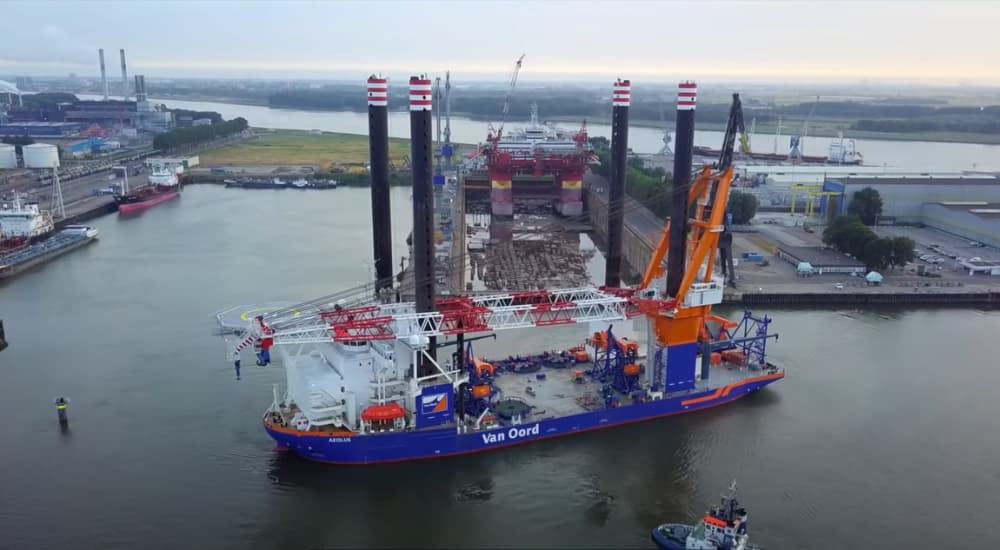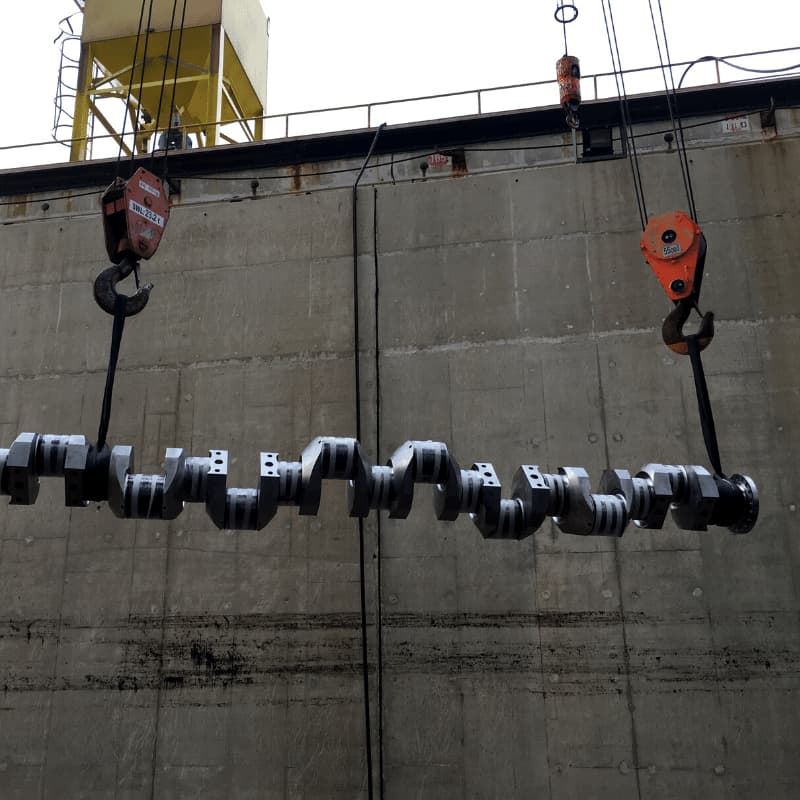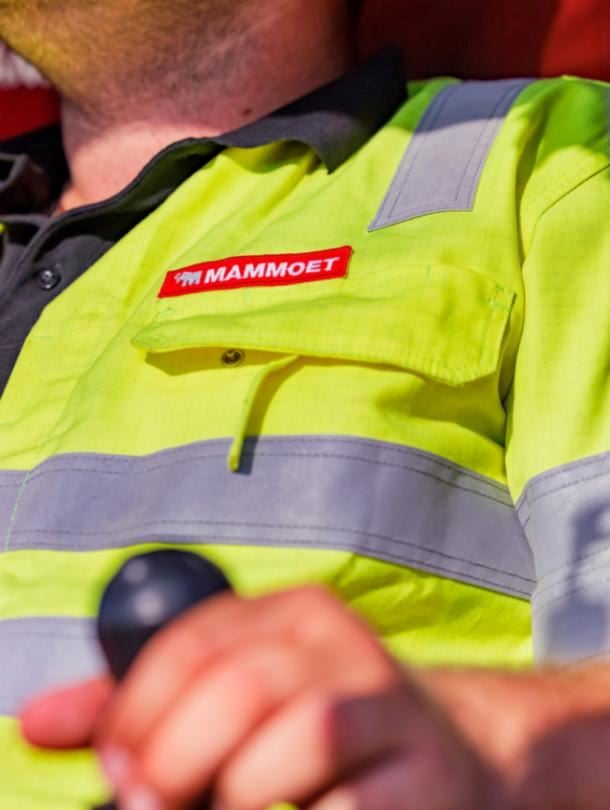Replacing ship engine components with minimum downtime
Maximizing the amount of time a ship is working means greater profitability for its owner. So whether it is a cruise liner, ferry, or container ship, maintenance should be performed in the shortest possible timeframe.
Ships must be in good working order to support trade and the efficient movement of goods and people. Finding the safest, smoothest way to replace ship engines allows vessels to return to service more quickly, maximizing their productivity and profitability.
Our ship engine replacement solutions, including crankshaft, gearbox and whole drivetrain replacements, get vessels in the water again as quickly as possible.


Planning ahead to repair ship engines in confined spaces
Our tailor-made methods for planned or emergency maintenance work on ships keep the vessel in operation while the team comes on board to plan the exchange. As soon as the ship is docked, we set to work immediately.
By customizing our equipment for use in space-restricted vessel interiors, we replace large, heavy components like crankshafts and engines faster while maintaining safety. Engineering expertise helps us find the most time-efficient, cost-effective way to work.
Where possible, we execute ship engine replacement operations without moving the ship to a dry dock, further reducing schedules and costs.
Supporting ship profitability through engine maintenance
We remove crankshafts and engines from ships as part of planned or emergency maintenance.
During a typical ship engine replacement, the old engine is lifted and placed onto skidding beams before being moved into a jacking position. The engine is raised, so an SPMT can drive underneath it. The engine is then lowered onto the SPMT and driven out of the ship - before the same process happens in reverse to install its replacement.
Replacement of other drivetrain components can involve the construction of custom gantries or complex rigging systems, informed by LIDAR scanning of the vessel interior. This allows our engineers to find the optimal exit path for components within tight interior spaces.


